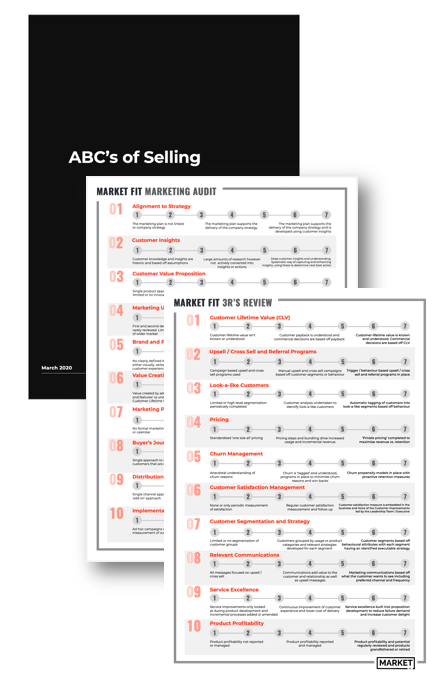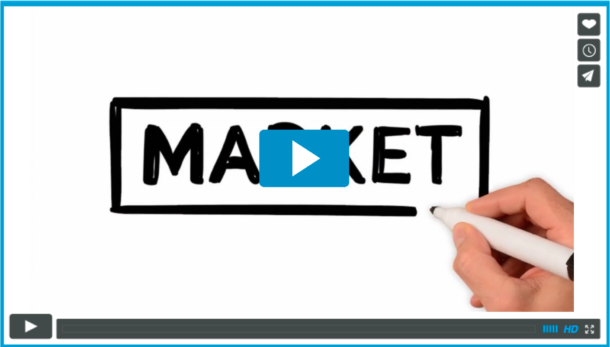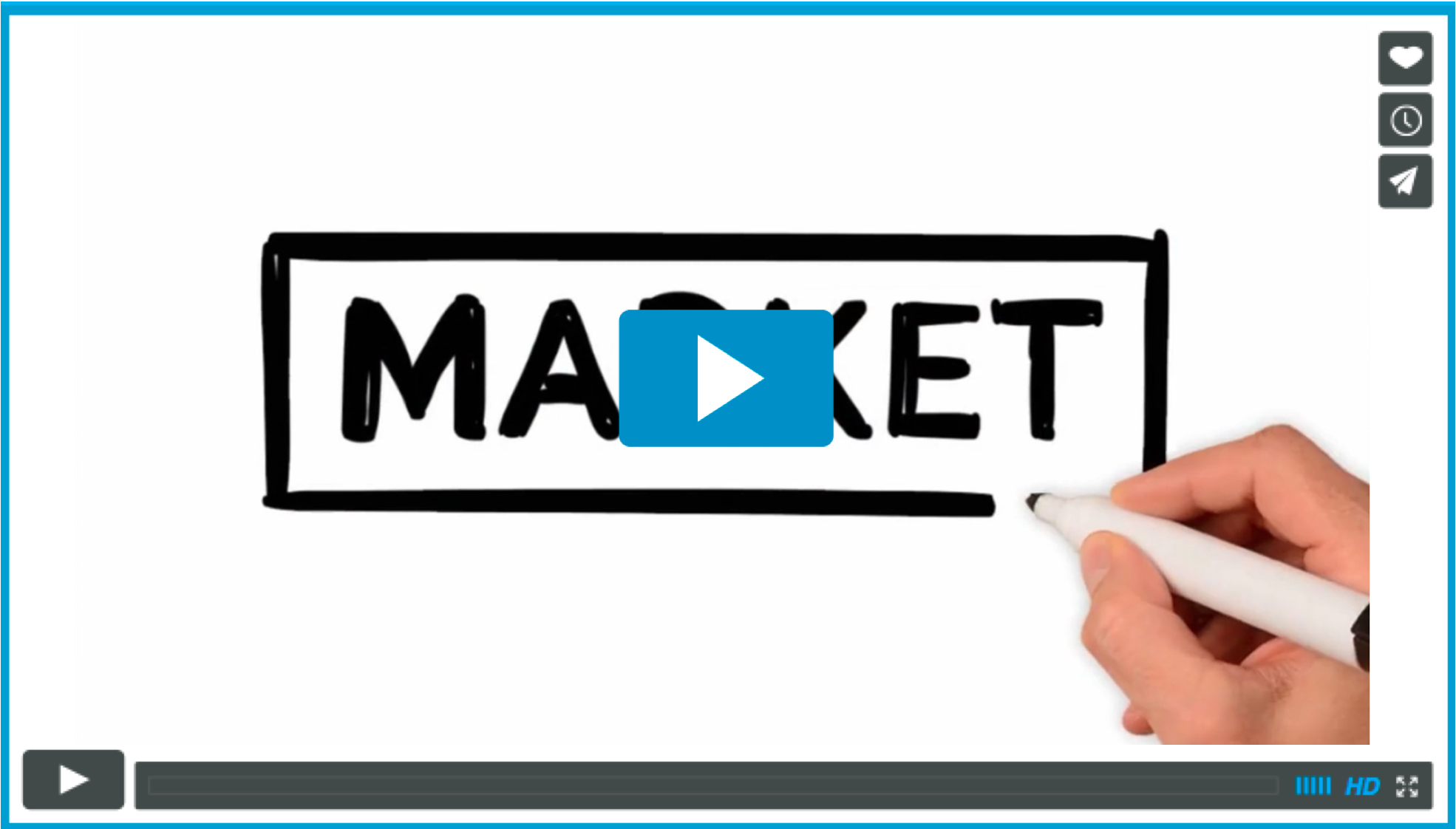Bundling: An Alternative Strategy
We recently started to examine what resources are needed to move up the value chain. In this article, we are going to go a step further on our journey, and start to examine how you can combine your services into bundles to facilitate your movement up the value chain, and towards value based pricing.
Most of the clients, who require any product provided by any service industry, would prefer to be offered a range, or buffet, of services at a fixed price, rather than: “Oh, you’d like that done as well, that will cost you an extra 10 hours per month at $100 per hour”. But how exactly do you begin to bundle your services? There are some simple steps to be taken that will require a great deal of thought, so let’s go through the process step by step.
Step One
Make a Very Exhaustive List
It is essential to know what you have to offer, so make an exhaustive list of all the services that you currently offer, as well as those that you would like to, and can offer, but don’t at present. Keep on going back to your list to keep it current.
The last consideration would be those services that you would like to offer, but are unable to at present, and how to bring those services into your value chain. Maybe you need more technology, or more qualified staff. Again this doesn’t necessarily imply offering someone permanent employment, but could easily be a matter of hiring qualified people on a contract, flexitime basis. Whatever the requirement is, ask yourself: “What resources must I acquire, or expend, to be able to provide these additional services?”
It should go without saying that each service must provide some value to the client, and not be a duplication of an existing service, or put into your bundle to make it appear more impressive. The client will ask questions on this package, and you don’t want to go into a long explanation, only to have the client demand that you take it out because he doesn’t see any value.
Step Two
What is my Barest Minimum to Create Profit?
All of the services you provide require resources. The most valuable resource you expend is, obviously, time. Go back to your list. “What is the bare minimum I must provide to still make a profit, and provide the client with a meaningful service?” This will be the level at which you won’t go lower. Remember, you, ideally, only want high value clients, and this is the way to ensure that you only attract high value clients. If the client balks at your bare minimum, that is not the type of client that you want to attract. This is your minimum for a reason, and there will be absolutely no going below that limit to attract a client who wants less of your firm’s services.
I’m now going to introduce you to a very useful concept that is essential in determining your bundles, and how to package them. This is the “power of threes” and it refers to the idea that most clients, when offered a choice of three alternatives, will naturally gravitate towards the middle option. You have created your barest minimum, now you need to create your recommended package.
Step Three
What is my Recommended Package?
Take a careful look at what range of services your average client, typically, needs from your firm. Now think carefully: “What else could I offer that will increase my profitability, without huge expenditure of resources, and add significant value to my typical client?” What can you add to your services that will better serve your average client? This becomes your recommended package or bundle. The gold is when you can add in services that have a high perceived value to customers but low cost to deliver
Once you’ve completed those three steps there are a few other things that you need to consider.
Types of Bundling Strategy
There are basically two different ways to construct your bundles, “Good, Better, Best” (GBB), and “Minimum, Typical, Open-ended”(MTO). Before we get into these two alternatives, there is something else I want to mention first. It is accepted best practice in marketing that your largest package should not have more than 10 to 12 offerings. Any more than that, and it becomes too complicated. So your bottom of the rung offering would have about 5 offerings, the next package about 7 and the biggest, as mentioned, 10 to 12 offerings.
In the “Good, Better and Best” scenario, the “Good” would not be the bare minimum we discussed earlier, but the bare minimum plus a few more. The “Better” is your recommended or typical package discussed above, and the “Best” is a slightly pared down version of your exhaustive list that we started with right at the beginning, and reflects what your highest value clients demand.
Similarly, in the “Minimum, Typical, Open-ended” approach, the “Minimum” is, as in “Good” discussed above, your minimum determined earlier, plus a few more services; the “Typical” is the same as your ideal or recommended package, and the “Open-ended” is a completely custom package unique to each customer. It will be, obviously, more than the “Typical”, but just how much more is determined by the client. You allow the customer to pick more items from your exhaustive list that you drew up right at the very beginning.
MTO is slightly more flexible than GBB, and the MTO model lends itself more to value based pricing. The price is determined more by the value the client perceives he will be getting before the service is delivered, than by a fixed price for certain services that GBB offers.
Don’t Over-Complicate
Break your offerings into categories, such as L1 (compliance or basics), accounting and advisory etc. These will change from client to client. Don’t list all your services in complex detail as this will only confuse the customer.
A common characteristic between the two models is that the succeeding package builds on the preceding package. So, typically, the minimum or good product will have 5 offerings. The typical or better package will have those 5 services as well as an additional two or three. The best package will have up to ten features of which seven are included in the better package.
Coming back to the power of three, mentioned earlier: if you have more than three packages, you will only confuse the customer, and human nature being what it is, the client doesn’t want the “worst” package at the lower end, but is also not sure if s/he needs everything in your best, most expensive package.
You can use pricing and positioning to help move the customer through the value chain. Let’s say your best package is twice as valuable as the better package. From a pricing point of view only price this marginally more, the customers will see the increased value and trade themselves up.
So keep the choices to three, to anchor the client, and hopefully move them up the value chain.
Pricing
Before we talk about pricing, you need to determine and understand your costs per bundle. As mentioned earlier, time is your most valuable resource, for you and anyone who works for you. In a way, you almost have to work backwards from how much you have to earn per month, to pay yourself and your employees, and to keep yourself and your business solvent. Divide this (you only need to do rough calculations, it’s impossible to be exact in this kind of scenario) by the number of hours available, and you get to your minimum cost per hour. Add to this any other resources you need, to produce that package, add in how much profit you want to make, and you will have a pretty good idea how much that bundle should cost.
But and this is a big but, your costs should not set your price, you are only doing the above exercise to determine your profit. You should charge the highest price you can where the customer still sees value. If you can’t make a profit at this price, change the bundle and or change your cost structure.
I am not going to go into too much detail about pricing here, as this will be covered more exhaustively in the next article. However I do want to talk about pricing, again, in terms of the power of three. There should be three prices for each bundle or package, Best Alternative (to a negotiated price), Expected and Ideal.
Best Alternative is the lowest you are prepared to go, and still make a profit. It is the minimum profit you are prepared to take for this bundle. The Ideal would be the highest price the customer would be prepared to pay for that bundle. Not all clients will pay this high price, but those that do, they become value clients, and would obviously demand, and expect, greater value and satisfaction for the higher premium. The Expected is slightly higher than the average between the Best Alternative and the Ideal. You therefore have to work out nine prices, three per bundle, times three bundles. With this kind of flexibility, you should and can, expect prices to vary from customer to customer.
The final step is to validate pricing, bounce your prices off ‘friendly’ customers or peers. Scan the market at what competitors are offering, how do you compare on price, how do you compare on value? Develop a questionnaire for your clients. It will help to assess their needs, and to fine-tune your prices further down the line. Do a dry run and develop and hone your pitch until you are confident that your prices are cost effective, and your pitch is seamless.
Bundling your services moves you up the value chain. It is not an easy process. It takes a great deal of careful thought, and it demands honesty about what you can offer, with all good conscience, and at what price. It demands constant monitoring of your services and in particular, what value you add for your clients.
Mistakes will, of course, be made, but growth is impossible without mistakes, and each mistake allows you to refine your prices and your products. Don’t be impatient, as you are on a life-long journey, but a journey that will reward you with many interesting challenges and insights along the way. Clients can, and do, often become good friends, and to be instrumental in their growth and success, will, in itself, be very rewarding.




